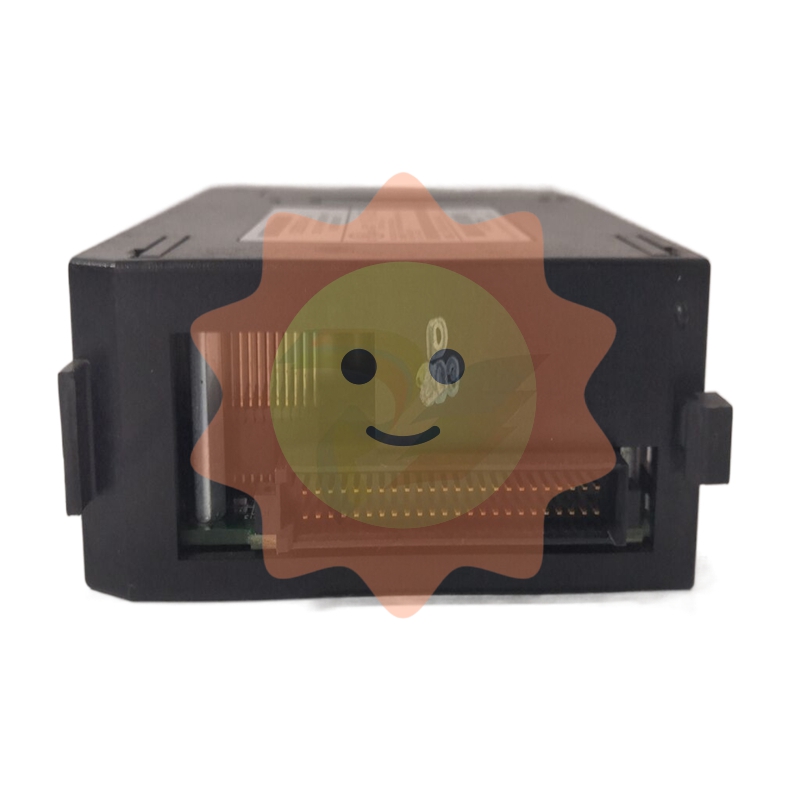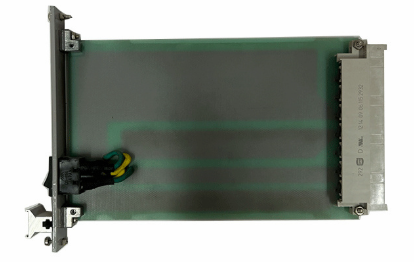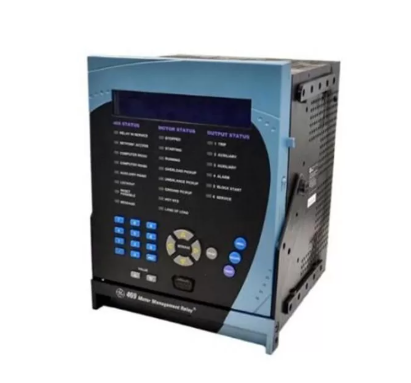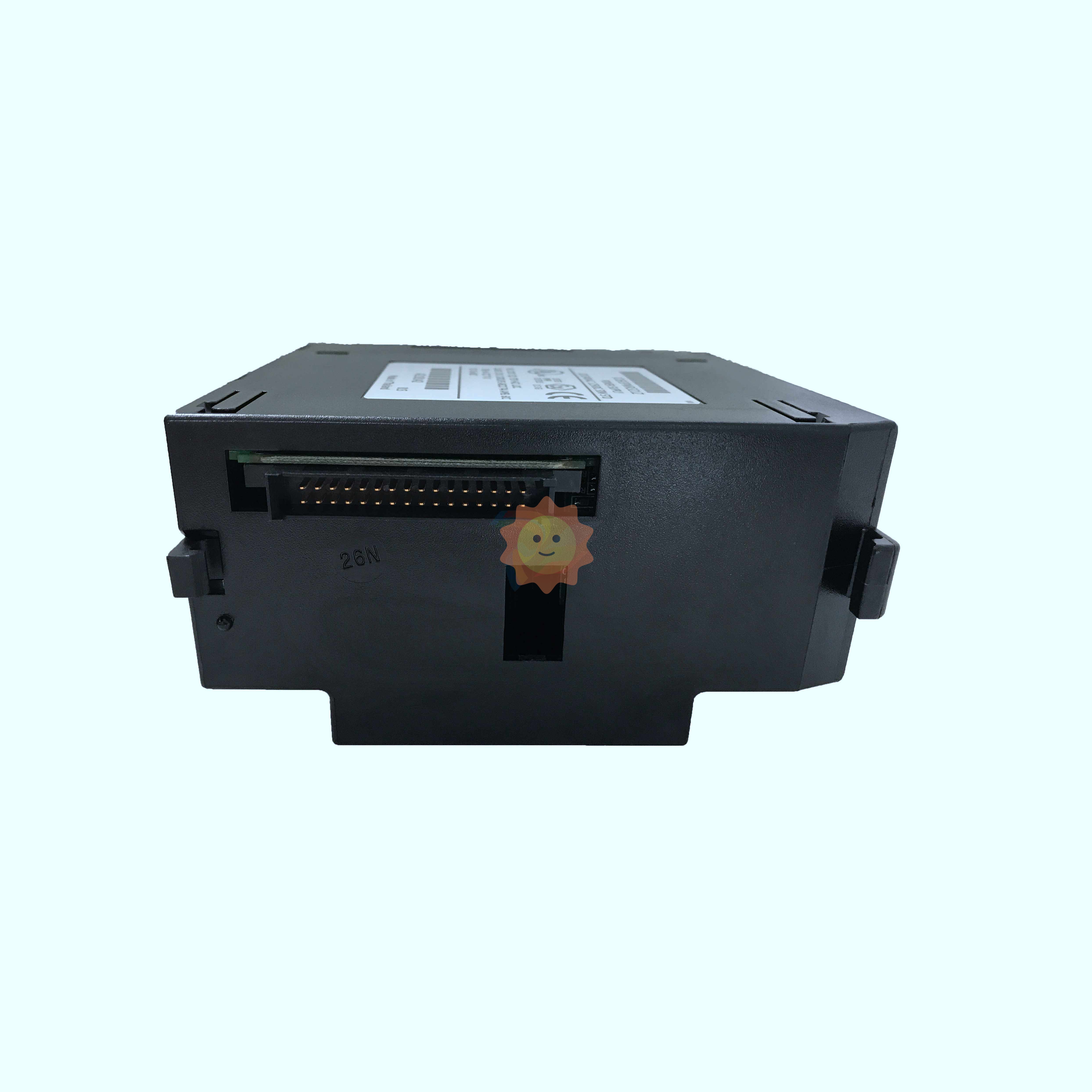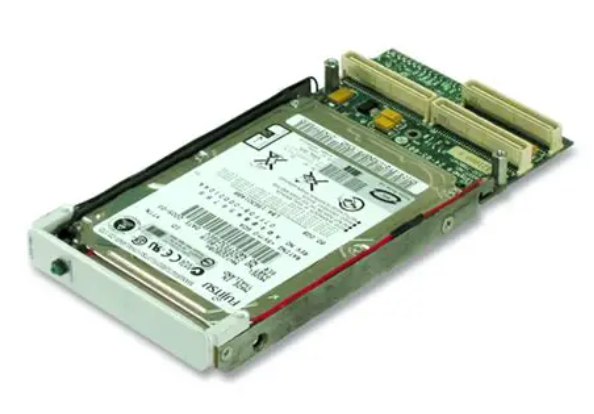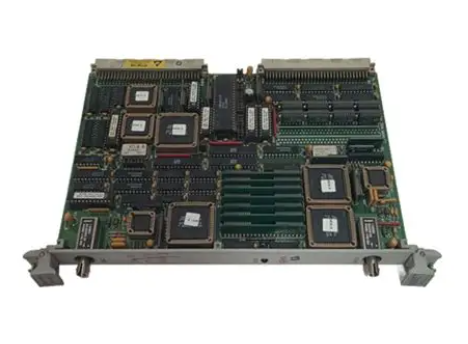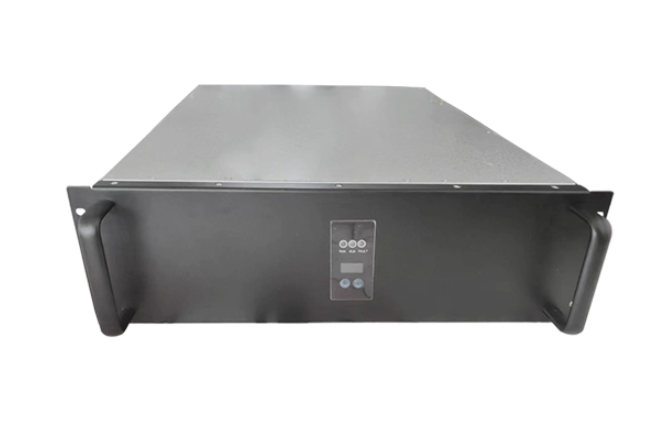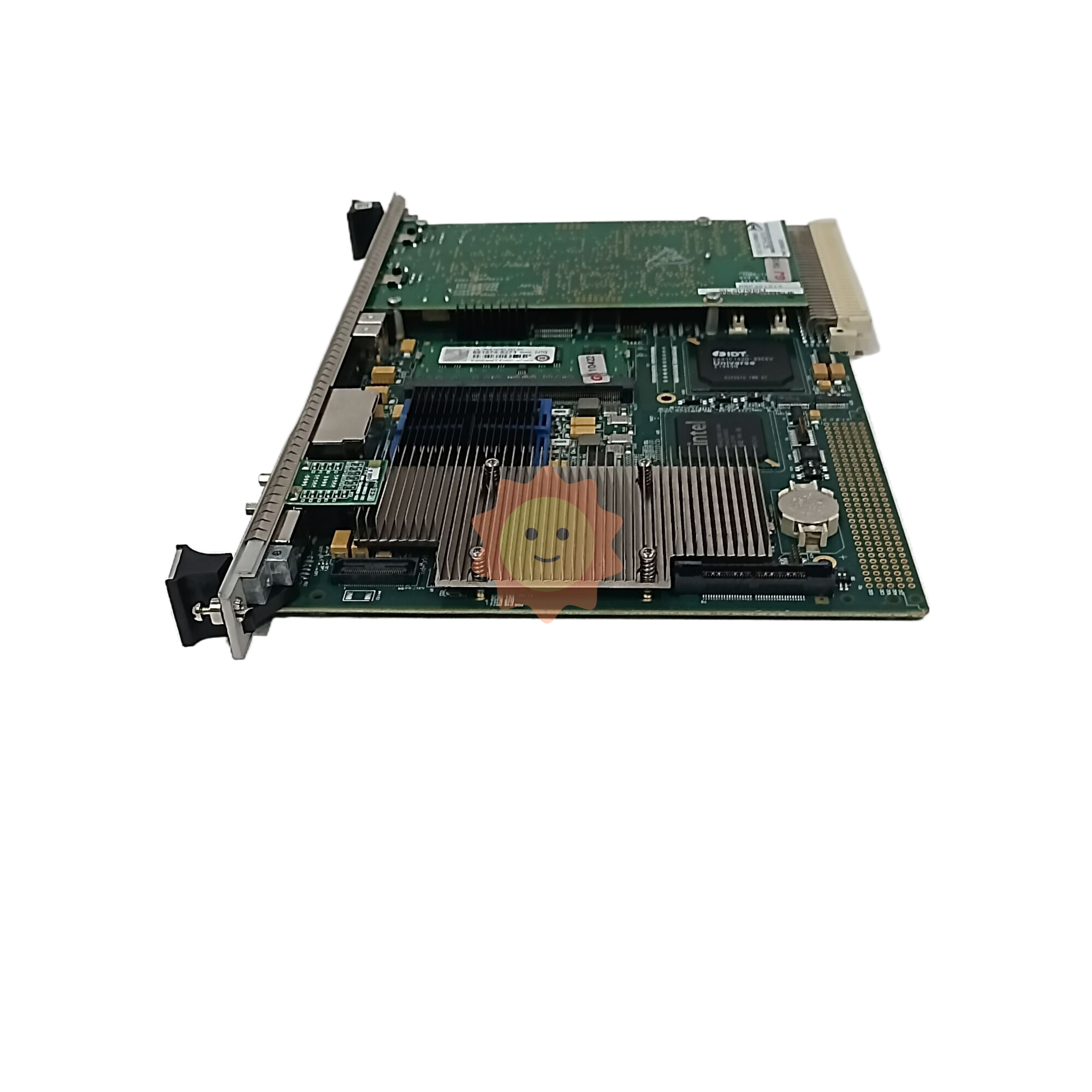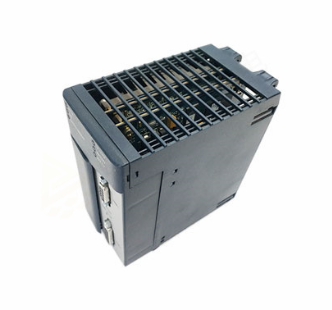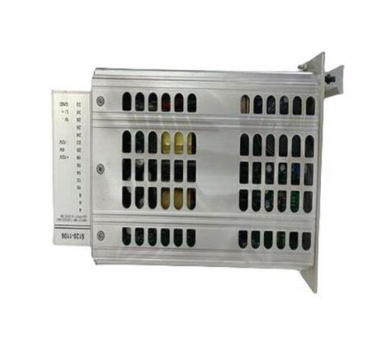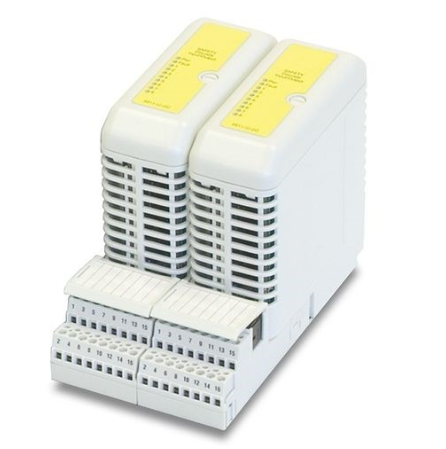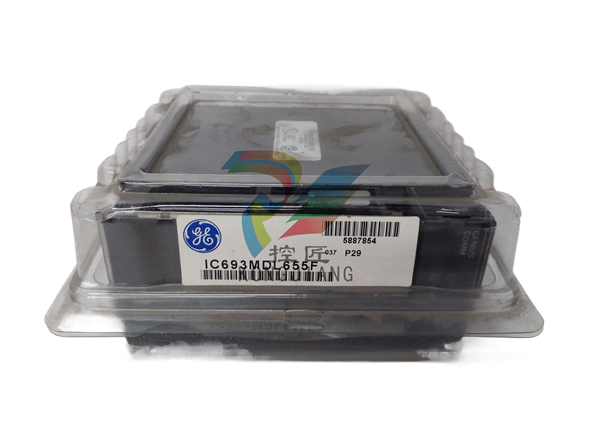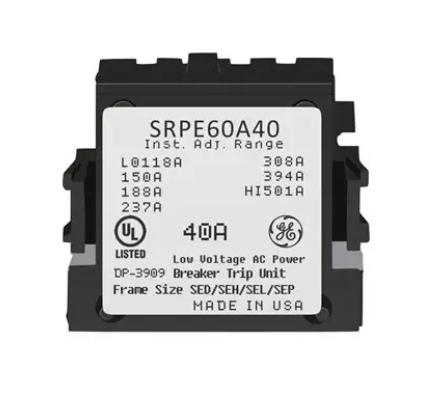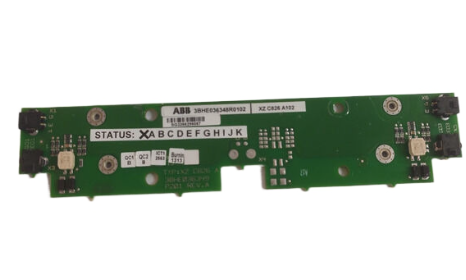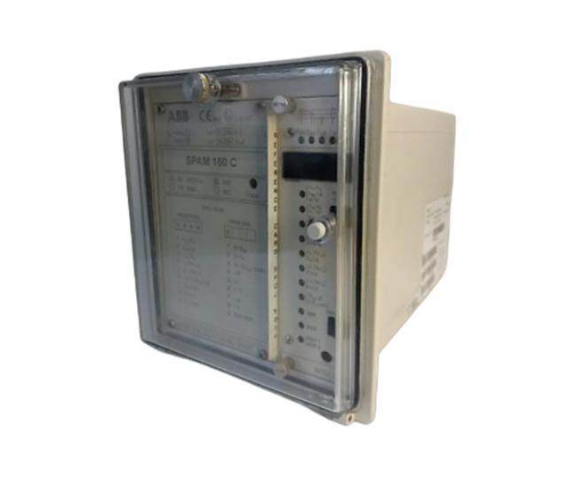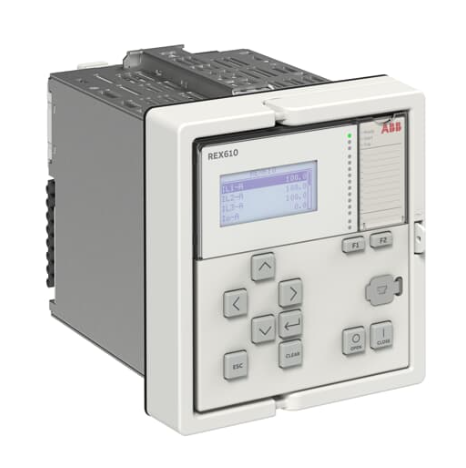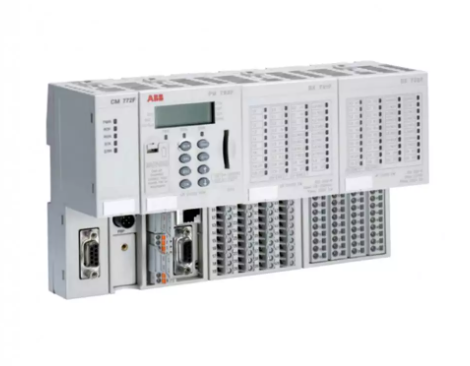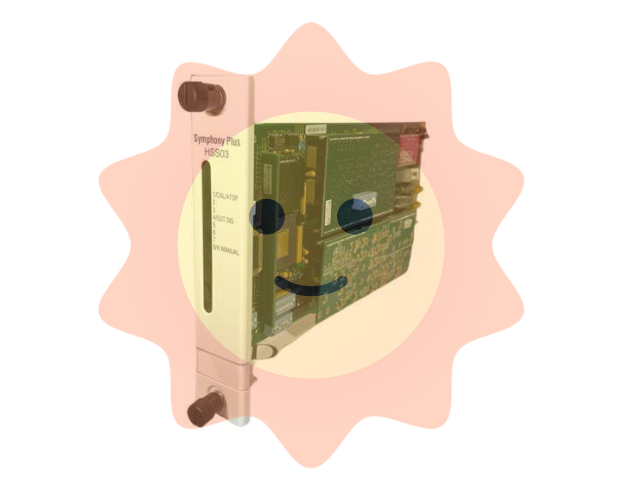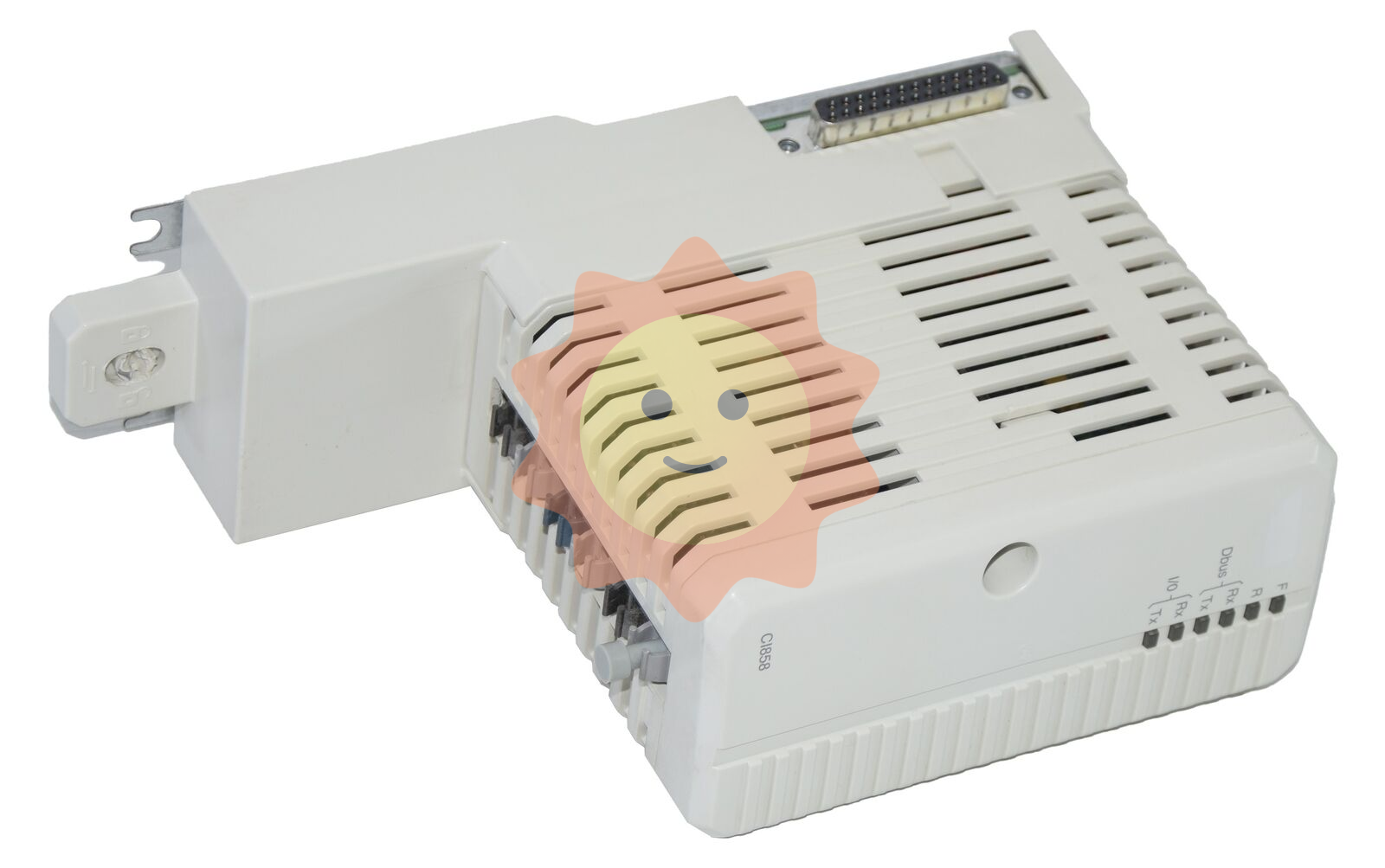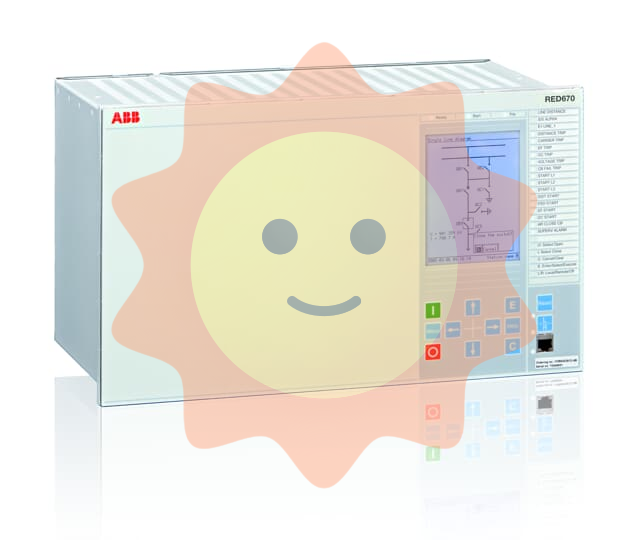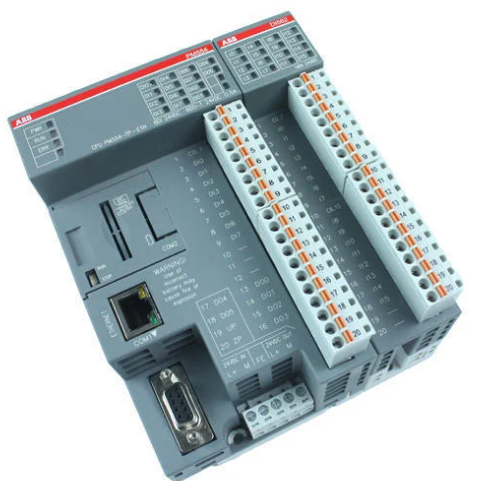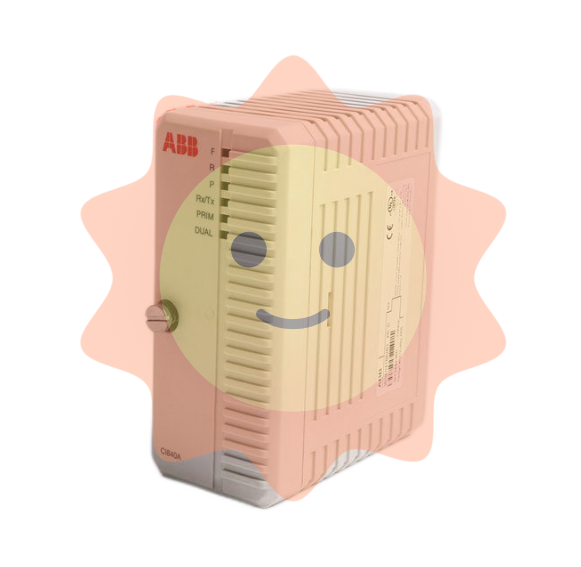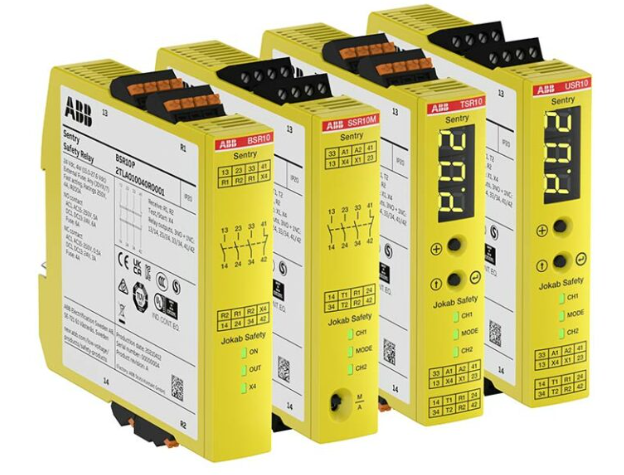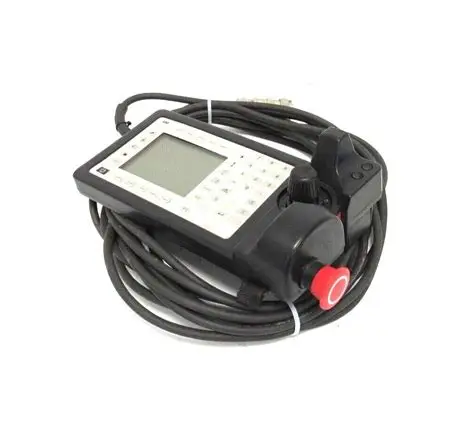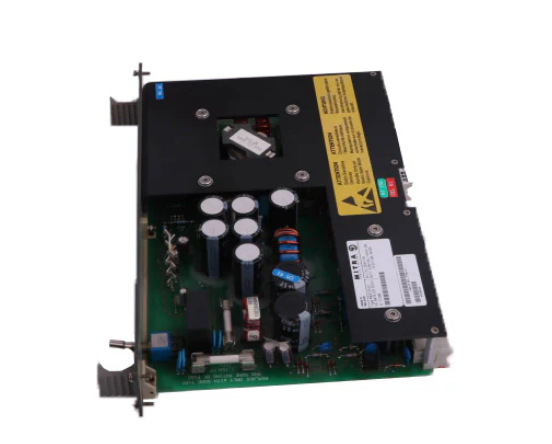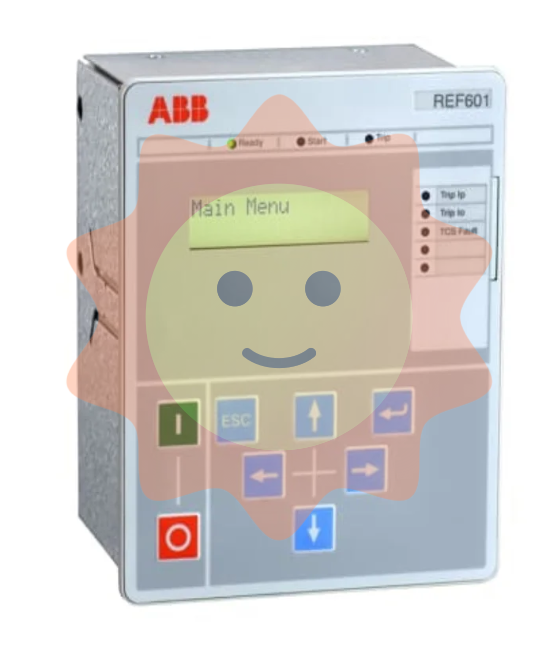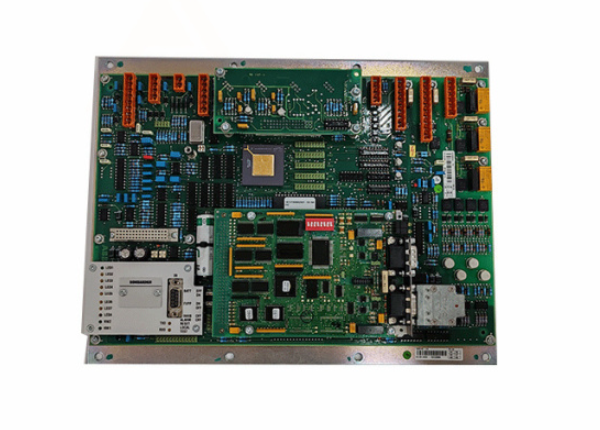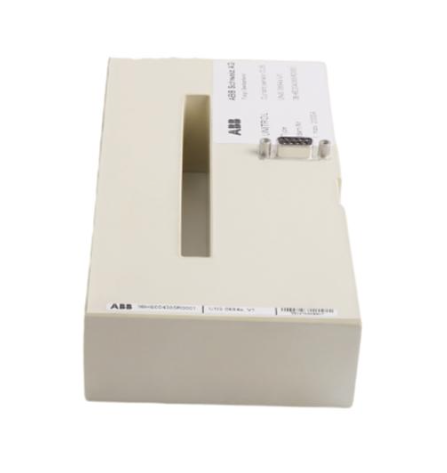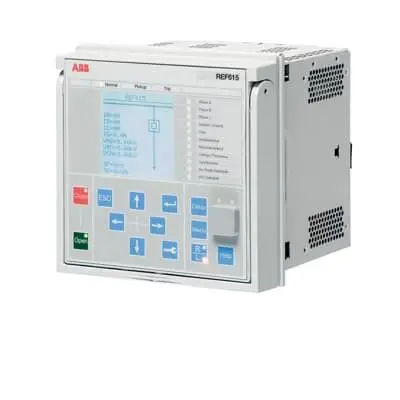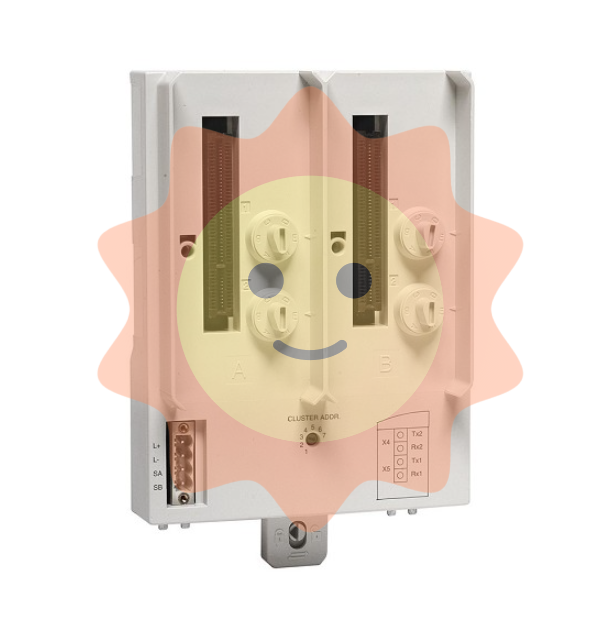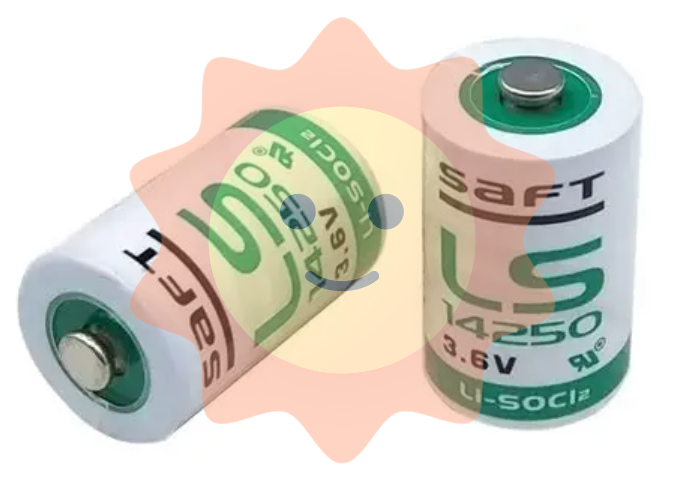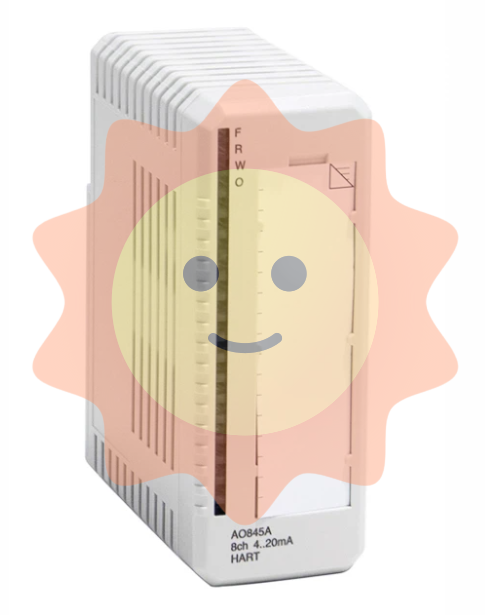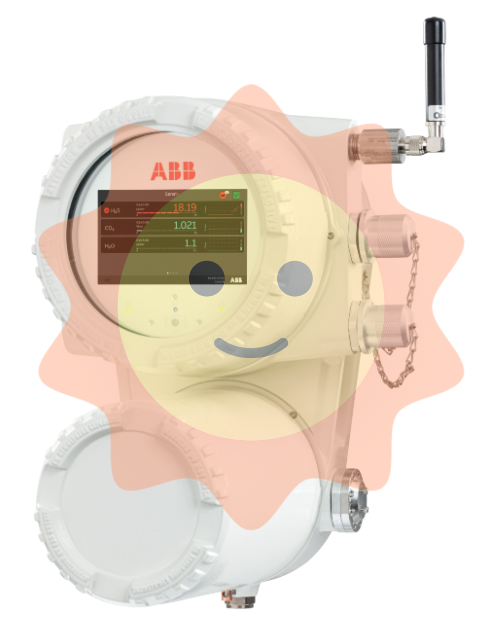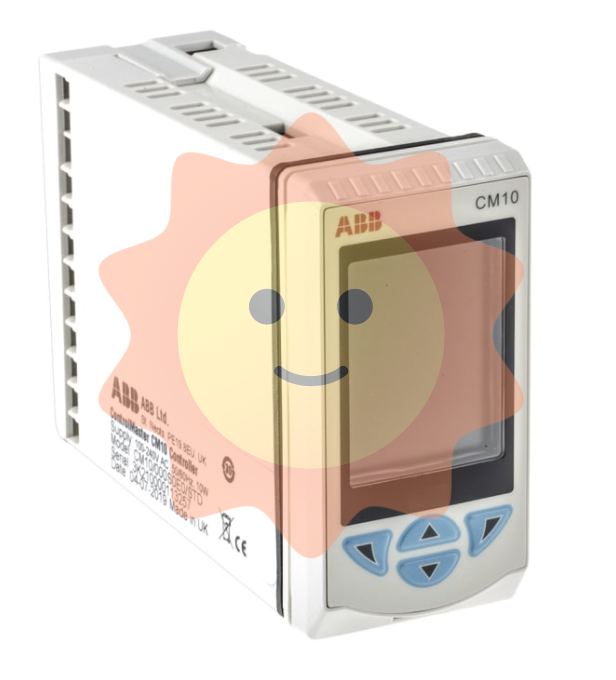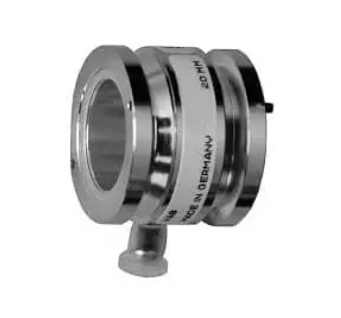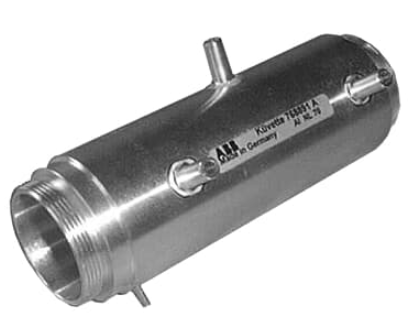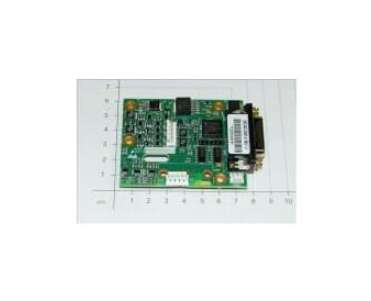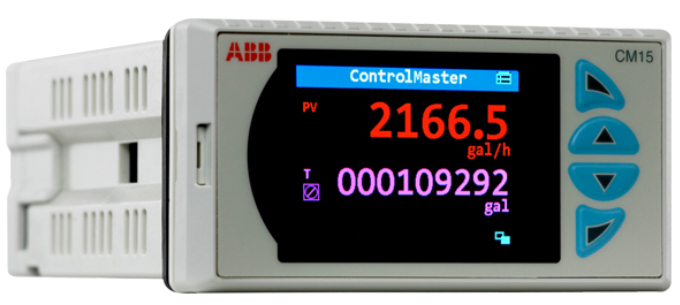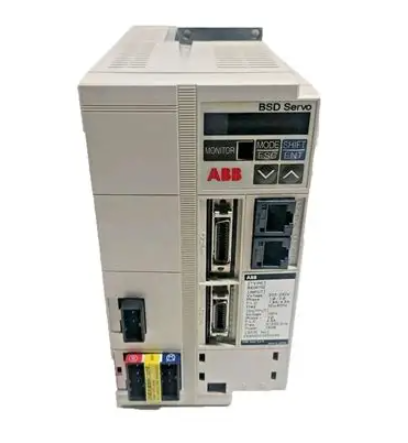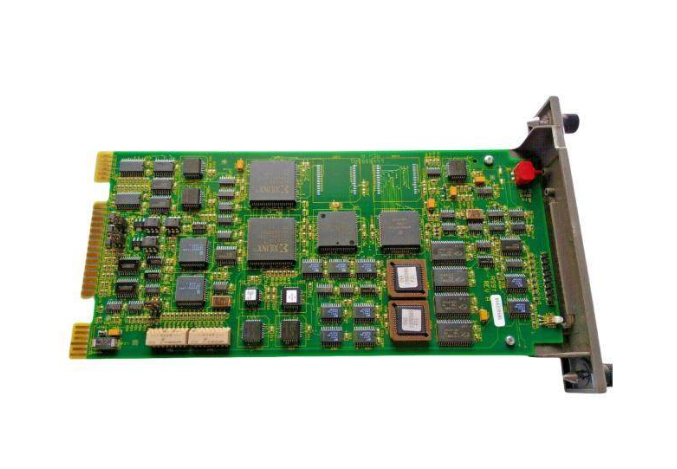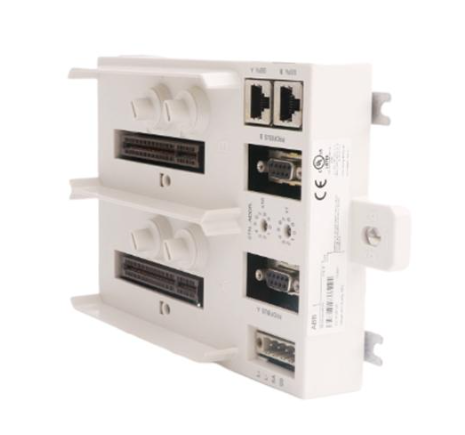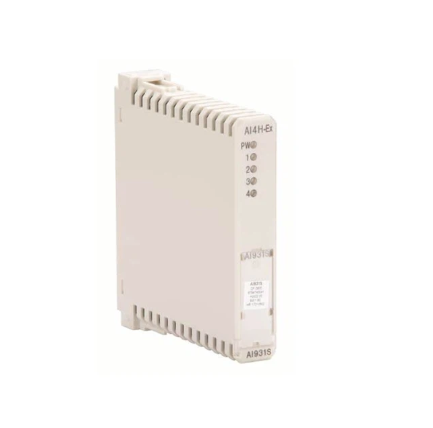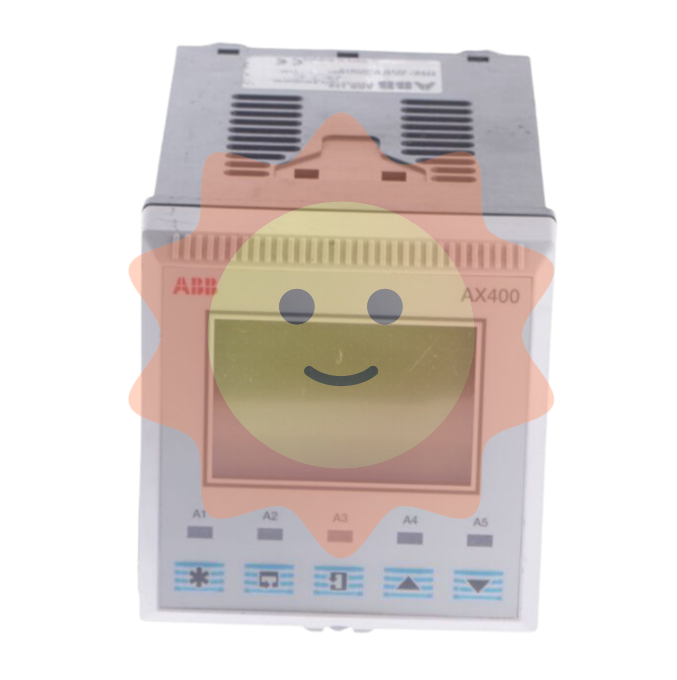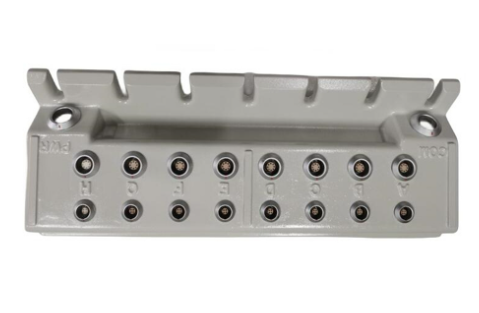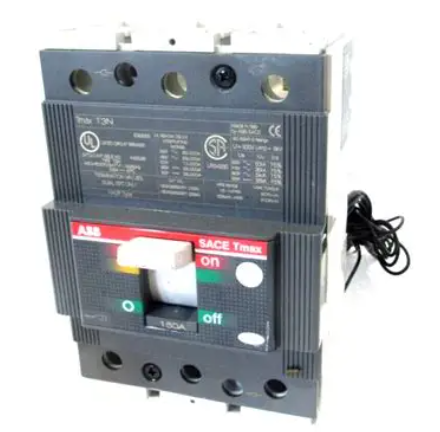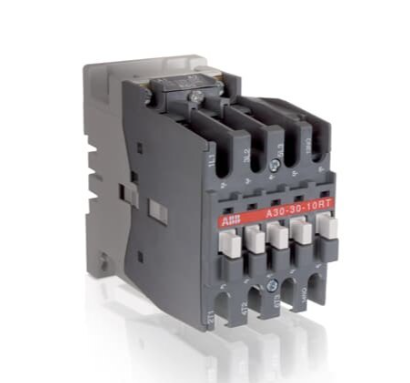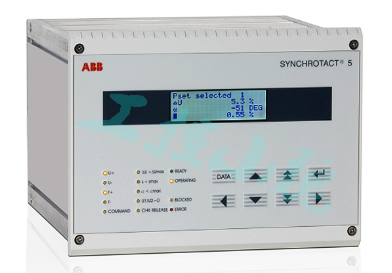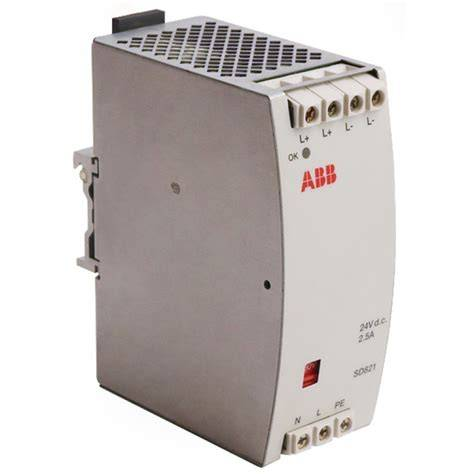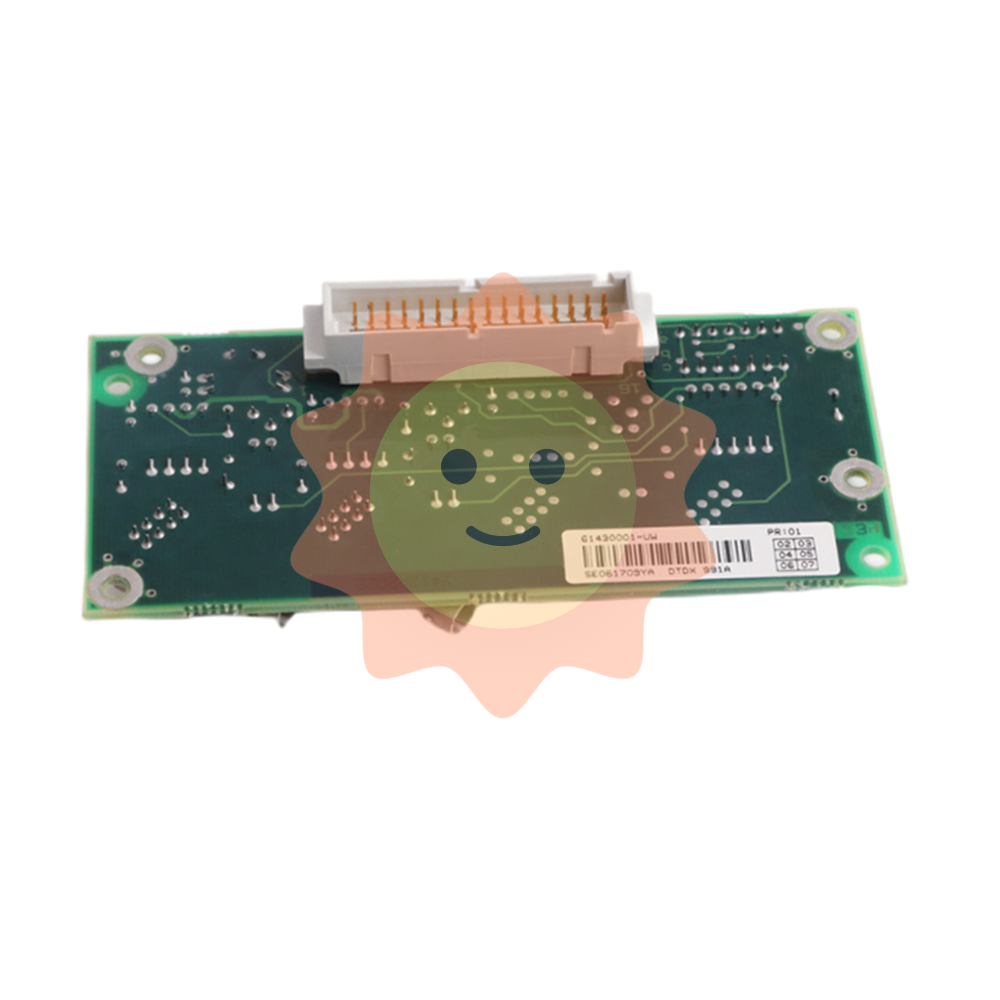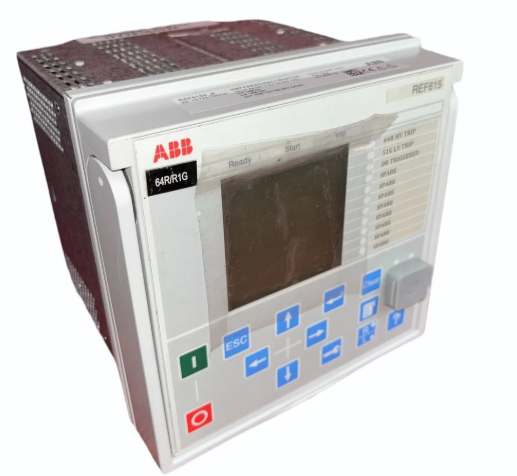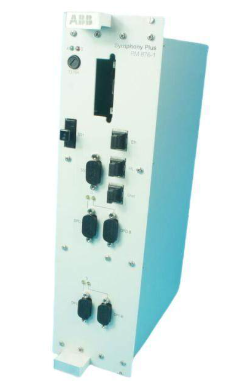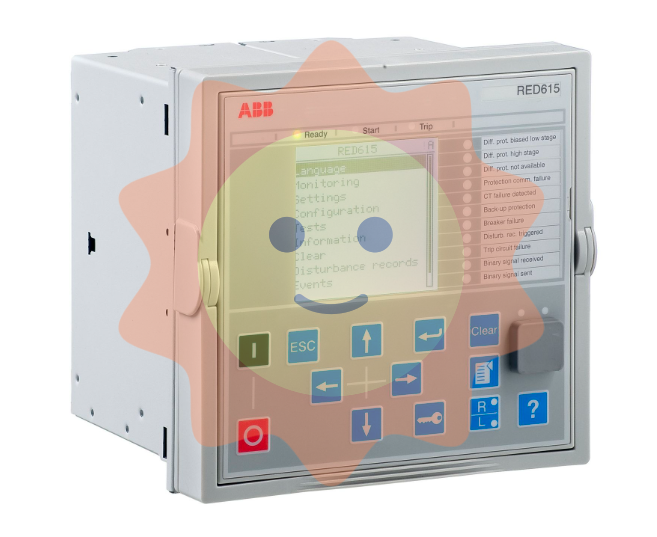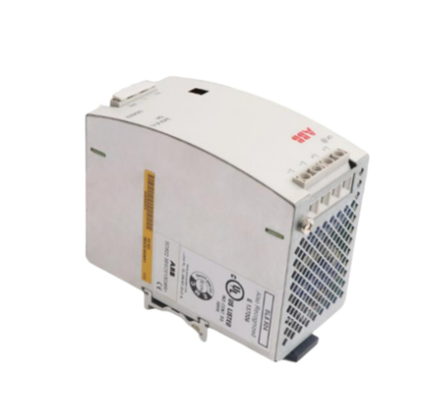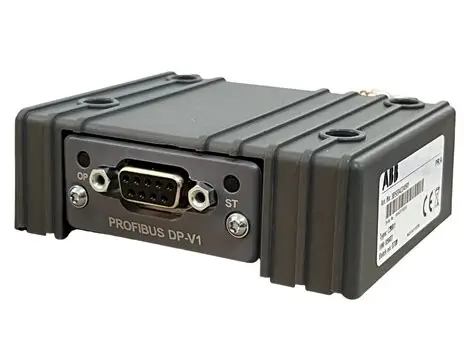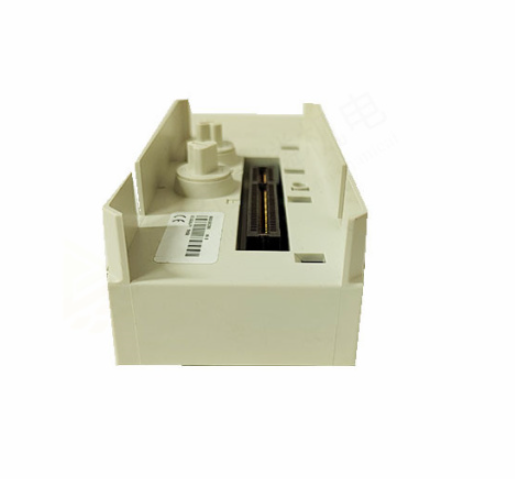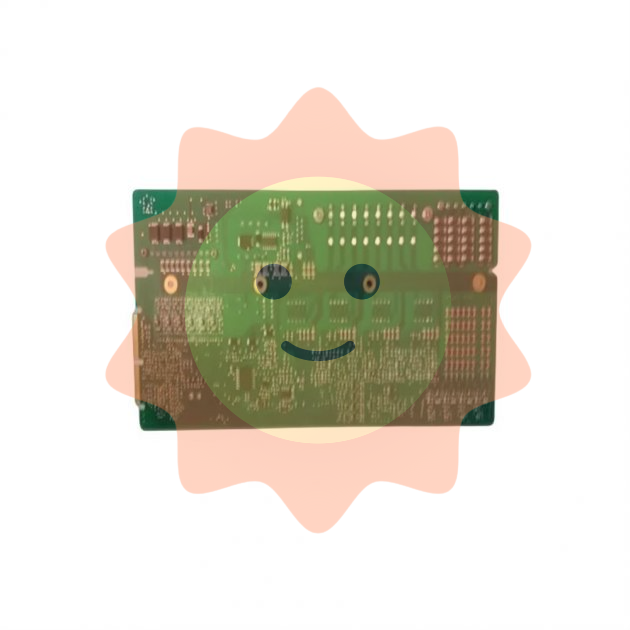ABB REF615 feeder protection relay
Working principle
Signal acquisition and processing: Collect current and voltage signals in the power system through devices such as phase current transformers, residual current transformers, and voltage transformers. Process the collected analog signals, such as filtering, amplification, etc., convert them into digital signals for analysis and calculation, obtain electrical quantity information such as phase current, current symmetry component, residual current, residual voltage, etc., and provide data support for subsequent protection and measurement functions.
Protection function action logic
Overcurrent protection: Real time monitoring of current signals. When the current exceeds the preset overcurrent protection value, according to the set time curve (timed or inverse time limit), the protection action is triggered after reaching the corresponding time, such as issuing a trip command to cut off the circuit breaker and protect the equipment from overload current damage.
Grounding fault protection: For directional grounding fault protection, the fault direction and current magnitude are calculated using phase current and residual voltage, and action is taken when the fault direction and current exceed the set values; Non directional grounding fault protection is mainly judged based on the magnitude of residual current, and if it exceeds the set value, the protection will be triggered.
Other protections: Negative sequence overcurrent protection monitors negative sequence current and activates when it exceeds the threshold; Phase discontinuity protection detects the relationship between phase currents to determine faults; Thermal overload protection simulates the heating process of equipment, calculates heat accumulation based on current and time, and starts protection when the set temperature is reached; Three phase inrush current detection identifies inrush current by analyzing the proportion of current harmonics, and takes action when it exceeds the set value; Arc protection uses light detection channels to monitor arc light, combined with current to determine faults, and quickly trips when conditions are met.
Control and monitoring mechanism
Circuit breaker control: The opening and closing operation of the circuit breaker is controlled by internal logic and external input signals, with basic interlocking and extended interlocking functions to prevent misoperation and ensure safe and reliable operation.
Monitoring function: Continuously monitor the status of circuit breakers, such as spring charging time, SF6 gas pressure, etc; Monitor the integrity of the trip circuit, detect open circuits and control voltages; Self monitor its own hardware and software, issue alerts in case of malfunctions, and take corresponding measures.
Communication and Interaction: Supports communication protocols such as IEC 61850 and Modbus for data exchange with other devices. Upload the collected electrical quantity data, event records, fault information, etc. to the monitoring system, receive control instructions and configuration parameters issued by the monitoring system, and achieve remote monitoring and configuration. Support time synchronization function to ensure the accuracy of event recording and data collection, facilitating fault analysis and system operation management.

- EMERSON
- Honeywell
- CTI
- Rolls-Royce
- General Electric
- Woodward
- Yaskawa
- xYCOM
- Motorola
- Siemens
- Rockwell
- ABB
- B&R
- HIMA
- Construction site
- electricity
- Automobile market
- PLC
- DCS
- Motor drivers
- VSD
- Implications
- cement
- CO2
- CEM
- methane
- Artificial intelligence
- Titanic
- Solar energy
- Hydrogen fuel cell
- Hydrogen and fuel cells
- Hydrogen and oxygen fuel cells
- tyre
- Chemical fiber
- dynamo
- corpuscle
- Pulp and paper
- printing
- fossil
- FANUC
- Food and beverage
- Life science
- Sewage treatment
- Personal care
- electricity
- boats
- infrastructure
- Automobile industry
- metallurgy
- Nuclear power generation
- Geothermal power generation
- Water and wastewater
- Infrastructure construction
- Mine hazard
- steel
- papermaking
- Natural gas industry
- Infrastructure construction
- Power and energy
- Rubber and plastic
- Renewable energy
- pharmacy
- mining
- Plastic industry
- Schneider
- Kongsberg
- NI
- Wind energy
- International petroleum
- International new energy network
- gas
- WATLOW
- ProSoft
- SEW
- wind
- ADVANCED
- Reliance
- YOKOGAWA
- TRICONEX
- FOXBORO
- METSO
- MAN
- Advantest
- ADVANCED
- ALSTOM
- Control Wave
- AB
- AMAT
- STUDER
- KONGSBERG
- MOTOROLA
- DANAHER MOTION
- Bently
- Galil
- EATON
- MOLEX
- Triconex
- DEIF
- B&W
- ZYGO
- Aerotech
- DANFOSS
- KOLLMORGEN
- Beijer
- Endress+Hauser
- MOOG
- KB
- Moxa
- Rexroth
- YAMAHA
- Johnson
- Westinghouse
- WAGO
- TOSHIBA
- TEKTRONIX


Email:wang@kongjiangauto.com

